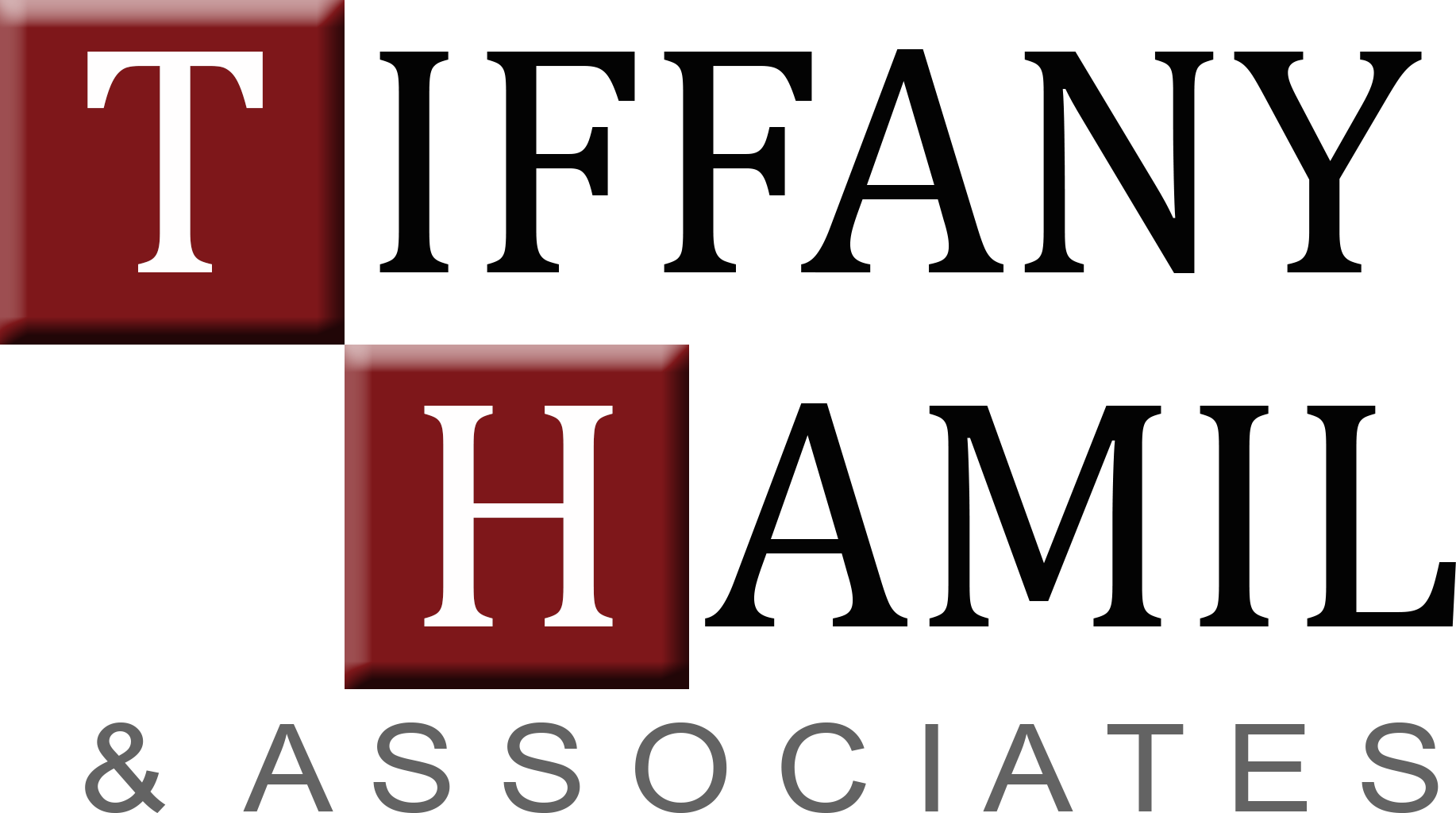If you fail to pay taxes in the United States, the IRS has some very aggressive tools to use against you. The IRS uses tools such as property levies, bank account levies and wage garnishment to force you to start making payments towards your tax liabilities.
- Property Levy: If you owe taxes, the IRS has the right to seize any real or personal property you own. Real property includes things such as homes, equipment, etc. There are, however, certain limitations on the powers to seize your property. For example, the IRS may not seize a taxpayer’s personal residence without written approval of a federal district court judge or magistrate.
- Bank Account Levy: A levy against a bank account is a one-time levy that attaches to funds in the account at the time the tax levy is received. Once a banking institution receives a notice of levy, the bank is required to freeze all of the money in the taxpayer’s account(s) as of that day. The bank must then wait 21 calendar days after a levy is received before paying the funds over to the IRS. This provides the taxpayer with an opportunity to notify the IRS of any errors in the levy or to negotiate a full or partial release of the funds.
- Wage Garnishment: An IRS wage garnishment is an order directing your employer to withhold a specified amount from your pay and send it to the IRS. The amount of the IRS wage garnishment is determined by a formula calculating the tax owed, the number of dependents you claim and several other issues, but can be up to 80% of your wages. A levy on wages and salary has a continuous effect—meaning that future paychecks are attached until the levy is satisfied or released.
While the IRS doesn’t want to make your daily living impossible, these aggressive tactics often make daily living near impossible. We provide prompt assistance to help provide you relief.
